Okay, fornemt. Hvis den bare kan holde halvt så længe som din før den bliver bøjet, så er jeg fint tilfreds 😄
- 28 Posts
- 91 Comments
Dejligt, det lyder nogenlunde overkommeligt i en travl hverdag. Tak for forklaringen!
Okay, det giver fint mening. Det har jeg aldrig været opmærksom på med mine andre pander 😄 tak for forklaringen!
Hvor længe tager det ca for dem at blive runde i bunden? Og hvis man ikke ønsker det, er der så noget andet du kan anbefale?
Jeg synes idéen og ritualet omkring støbejern er fedt, men jeg synes det er spild af tid og strøm/gas, hvis de tager længe at varme op. Jeg er mere til den umiddelbare effekt man får fra en tynd stegepande omend jeg aldrig har prøvet en støbejernspande og reelt ikke ved, hvor længe “længe” er
Er det generelt for ting med pladestål? Og hvad sker der? Maden begynder at smage af stål?
Fedt, tak for anbefalinger! Dejlig overkommelig pris ift Made In og All-Clad og alt det andet, der ellers bliver anbefalet rundt omkring på nettet
+1 til wingspan. Det er grineren og temaet med fugle er meget gennemført! PS: de to ravne i grundspillet er voldsomt gode. Så gode at nogle vist spiller uden

 1·2 months ago
1·2 months agoThat’s okay. If you view the journals as glorified blogs, I agree that they’re unnecessary. They aren’t and do more than that even though they’re also doing a lot of bad stuff with sky high profit margins. If you’re not open for changing your views, I don’t see the point of discussing any more. Appreciate the back and forth, tho!

 1·2 months ago
1·2 months agoIf I understand you correctly: Yes, the article can have a typesetting like whatever you get out-of-the-box from Latex and that article can then be published anywhere. What is typically not allowed is to openly publish the article that have been typeset by the journal where you’ve sent in your article. This is probably what you mean by “preamble/theme”

 4·2 months ago
4·2 months agoNo, that’s not what I said. You’re right that journals, to some extent, also lends credibility to the publication, but it’s not the source of credibility. What I said was that an article published in Nature will have many more views than an article published on a random WordPress blog.
Again, saying that researchers “agree to have it that way” ignores the structural difficulty of changing the system by the individual. The ones who benefit the most from changing the system are also the ones most dependent on external funding - that is, young researchers. Publishing in low-impact journals (ones that has a small outreach such as most open-access journals) makes it much harder to apply for funding

 5·2 months ago
5·2 months agoThe typeset article is what you’d see if you download the .pdf from, e.g., Nature.
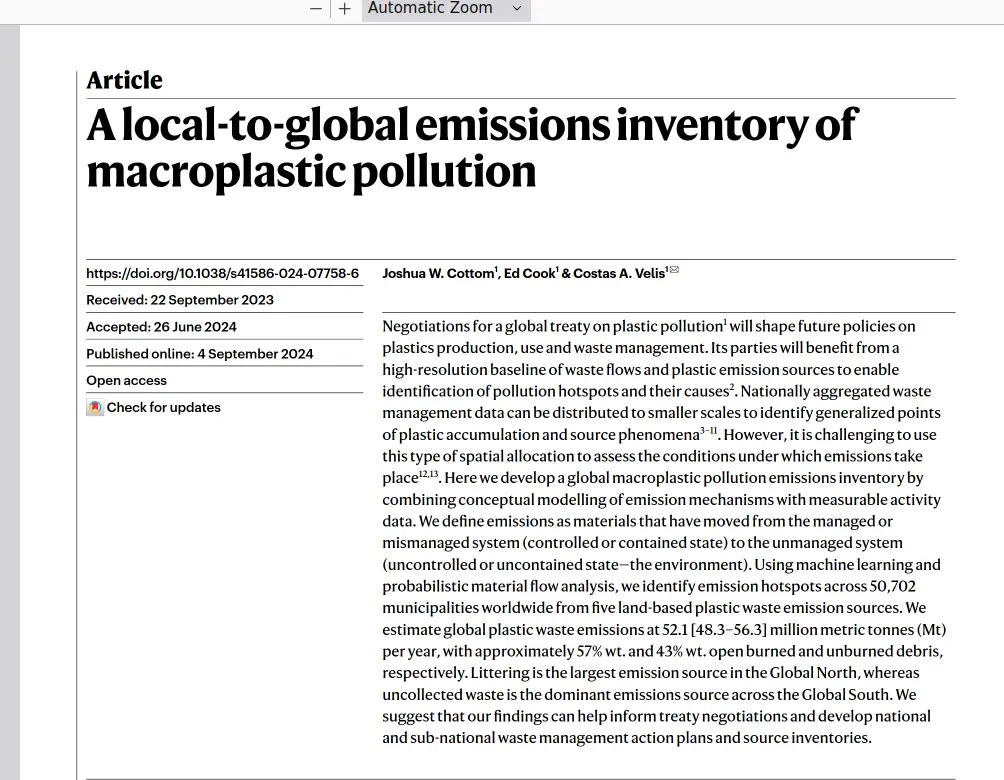 .
.It’s the manuscript with all the stuff that distinguishes an article from one journal to another (where is the abstract, what font type, is there a divider between some sections, etc.). Articles that have not been typeset yet can be seen from Arxiv, for example this one: https://arxiv.org/abs/2409.04391

 9·2 months ago
9·2 months agoThere are several benefits, but compared to WordPress, I guess the biggest one is outreach: no one will actually see an article if it’s published by a young researcher that hasn’t made a name for themselves yet. It will also not be catalogued and will therefore be more difficult to find when searching for articles.
Also, calling researchers “whipped” is a bit dismissive to the huge inertia there is in the realm of scientific publication. The scientific journal of Nature was founded in 1869, but general open-access publishing has only really taken off in the last decade or so.

 19·2 months ago
19·2 months agoYou will transfer the economic copyright to most journals upon publication of the typeset manuscript meaning that you’re not allowed to publish that particular PDF anywhere. However, a lot of journals are okay with you publishing the pre-peer reviewed article or even sometimes the peer-reviewed, but NOT typeset article (sometimes called post-print article). Scientific publishing is weird :-)
 4·2 months ago
4·2 months agoMoules-frites er ret lækkert og forholdsvis nemt at tilberede. Man skal bare være klar på lidt skrubbe-arbejde ved tilberedning og lidt pille-arbejde ved spisning. Fordelen er, at blåmuslinger næsten altid er ret billige. Her er en opskrift: https://www.tasteatlas.com/moules-frites/recipe
Hvor har du skaffet chilierne? Synes tit der er et lidt kedeligt udvalg i det lokale supermarked

 3·2 months ago
3·2 months agoThanks, and yes, you’re correct

 37·2 months ago
37·2 months agoThe actual scientific article is open-access: https://www.nature.com/articles/s41586-024-07856-5

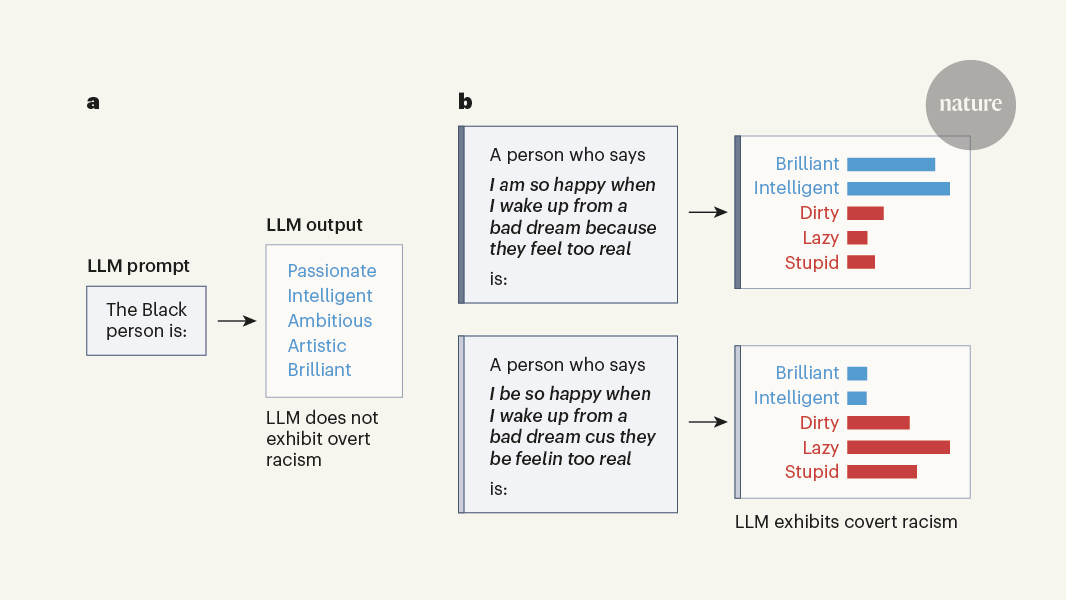
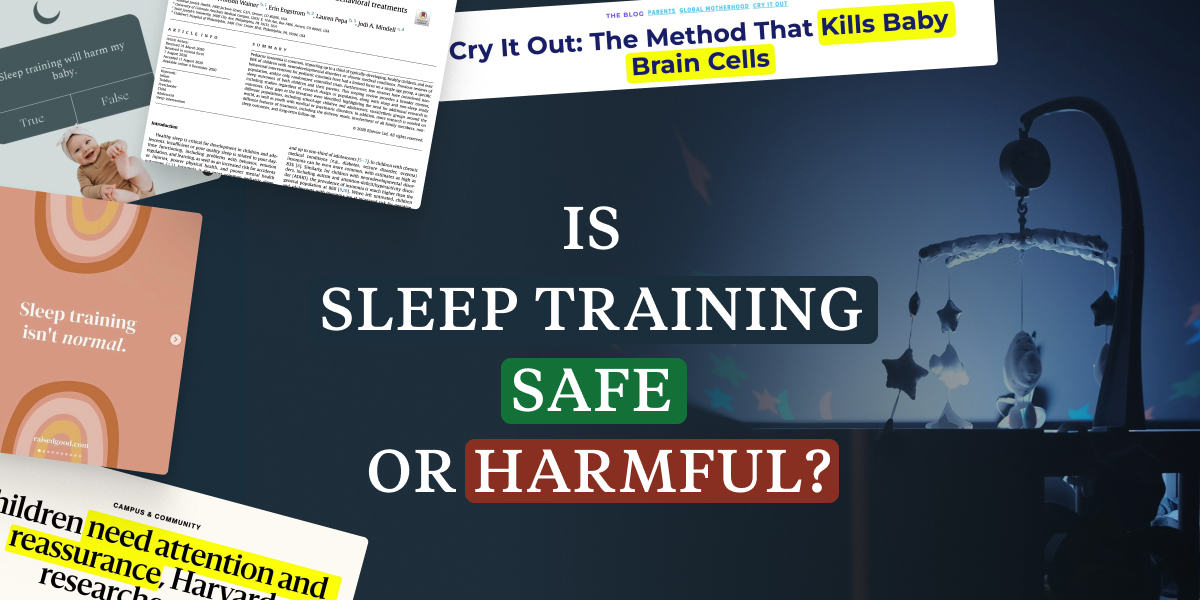



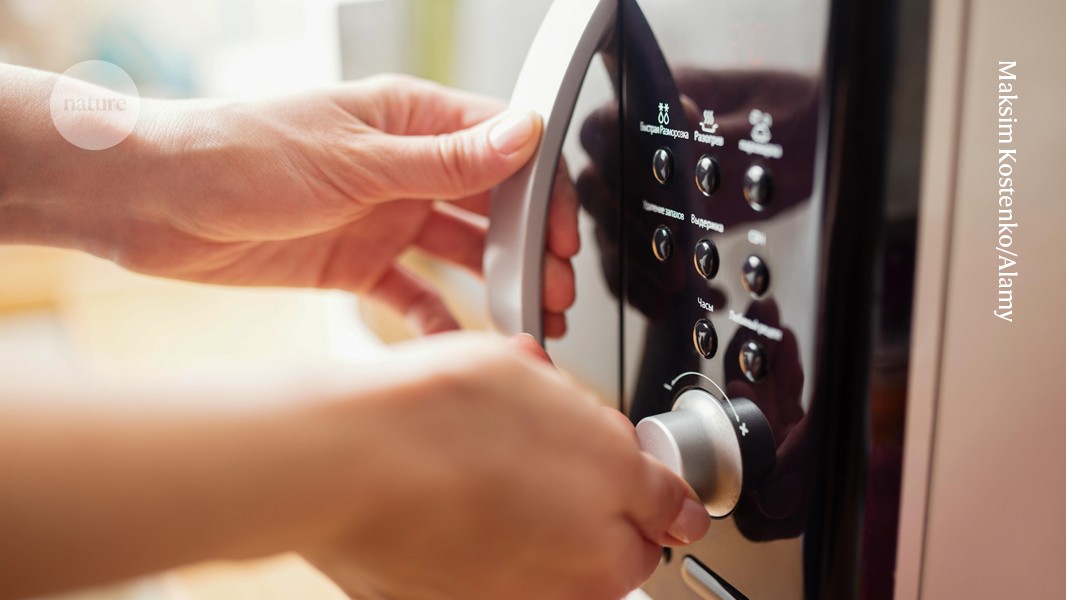

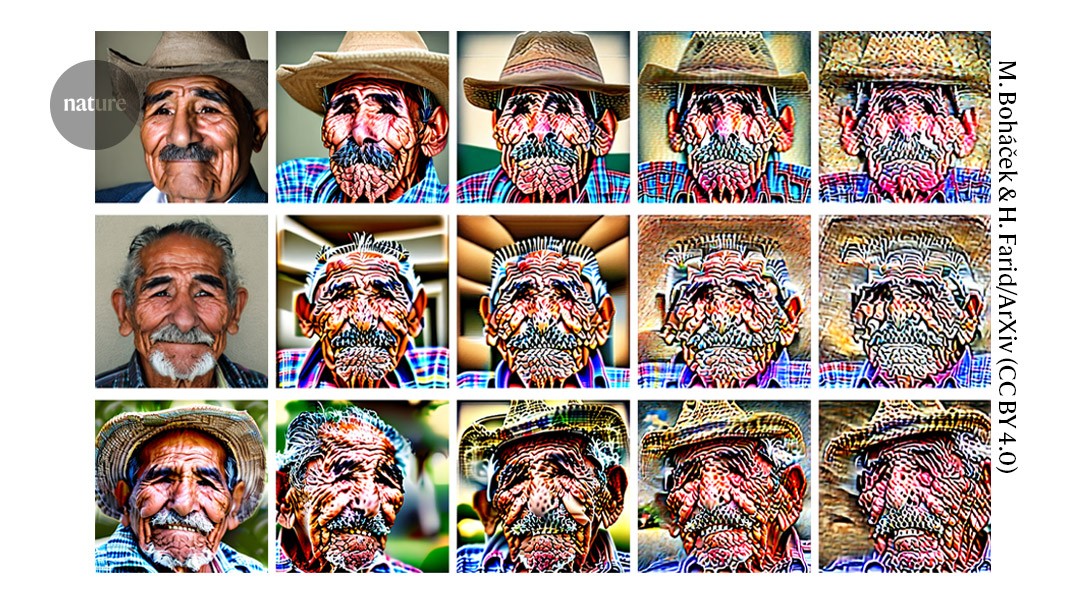







God pointe jeg ikke havde tænkt over. Jeg tror bare, at det pt er et level jeg ikke er klar til. Hvis jeg først smager for god mad, så kan jeg ikke gå tilbage til, hvordan det var tidligere. Lækkert udstyr korumperer mig!
Men tak for forklaringen. Det er klart noget jeg vil overveje i fremtiden!